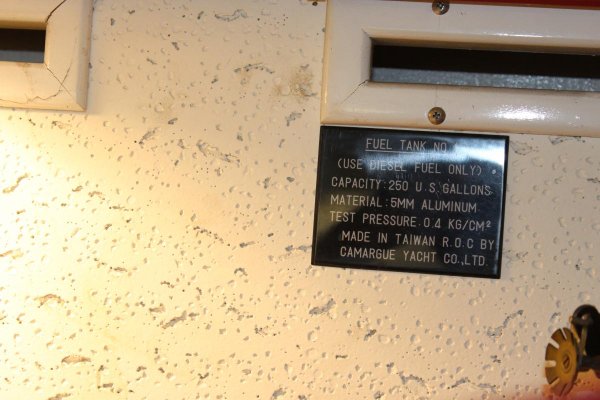Mengering
Member
We bought our boat with no contact with the previous owner. The specs said we had 300 gallons of fuel (150 per side). We had ports put in and our tanks drained and cleaned, with 1/2 on the sight gauge the fuel cleaner drew out 285 gallons. Clearly we have more than 300 gallons. Does anyone have any good ideas on how to figure out capacity? These tanks are not rectangles, getting larger at the top. My best (but still not great) idea is to use fuel to near the bottom and then fill. But if anyone has some clever math or other means to estimate capacity I’de love to know.


